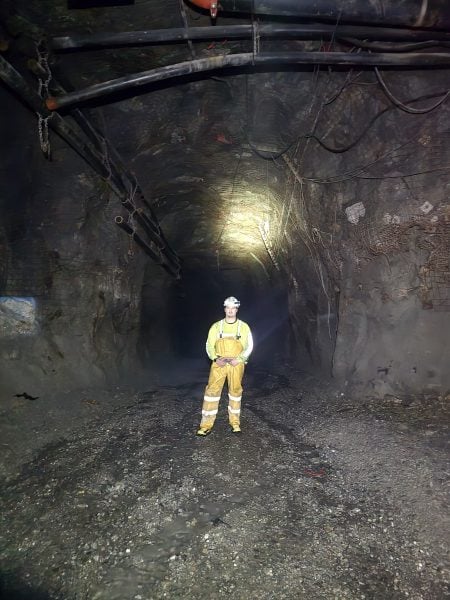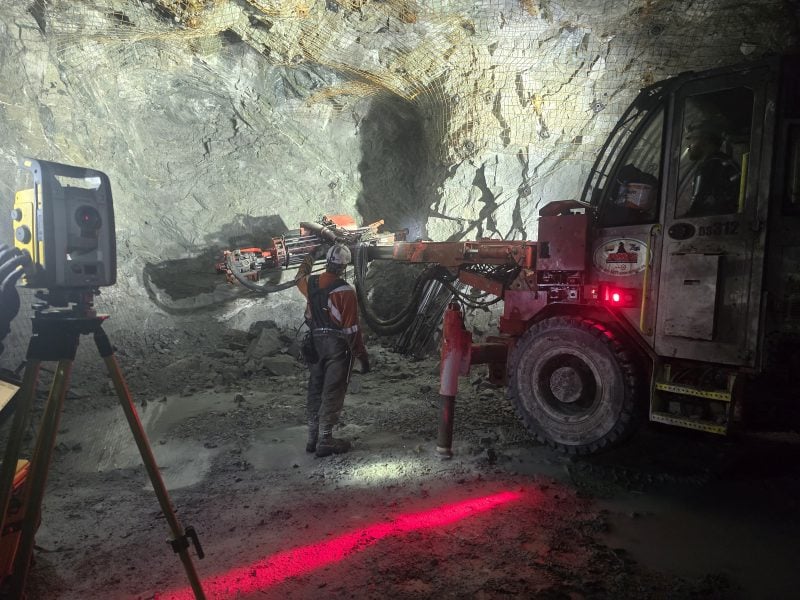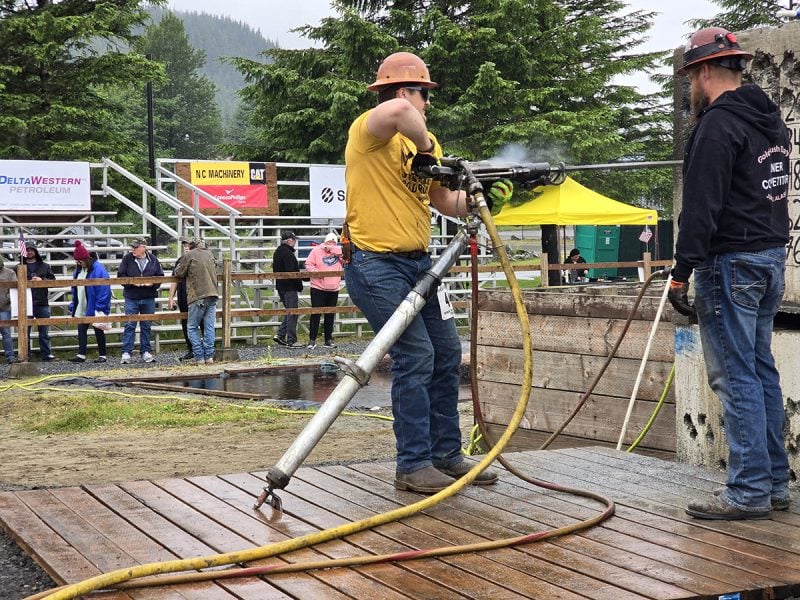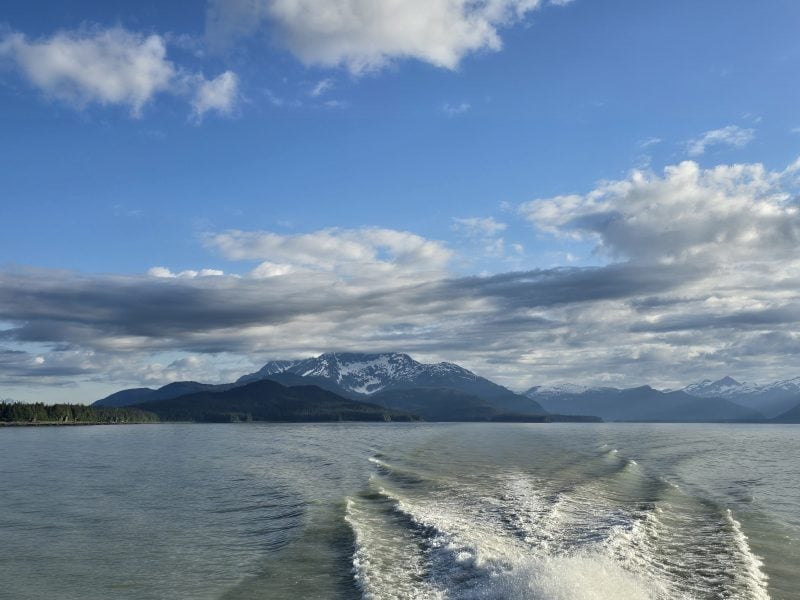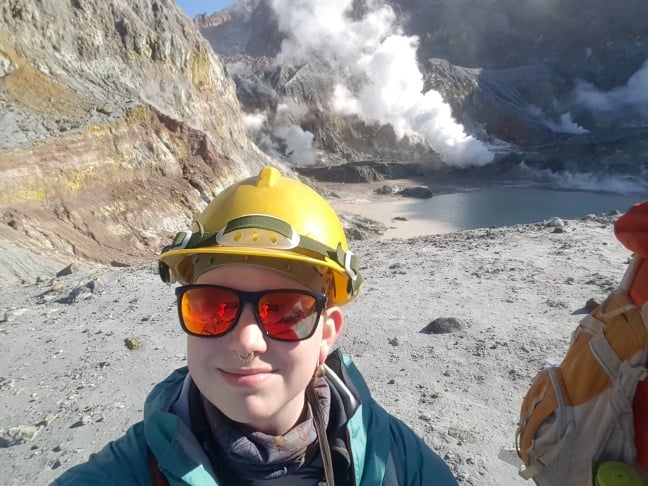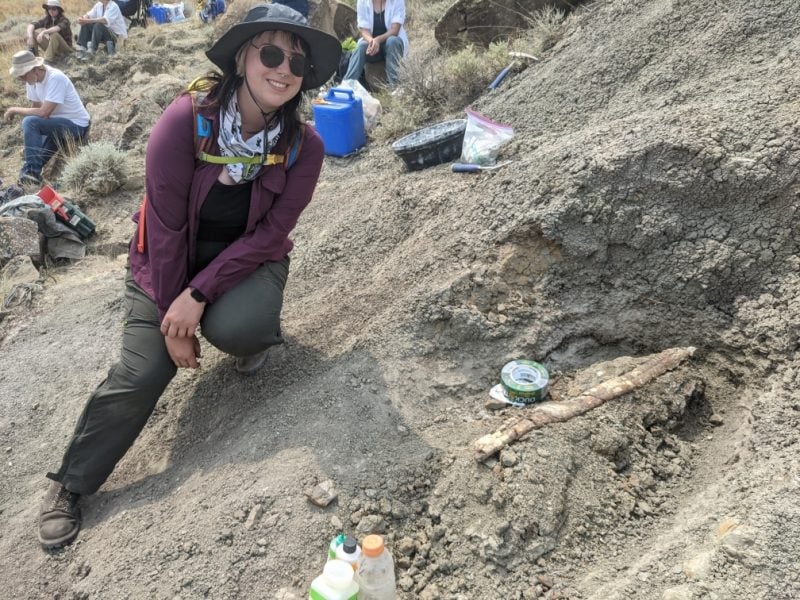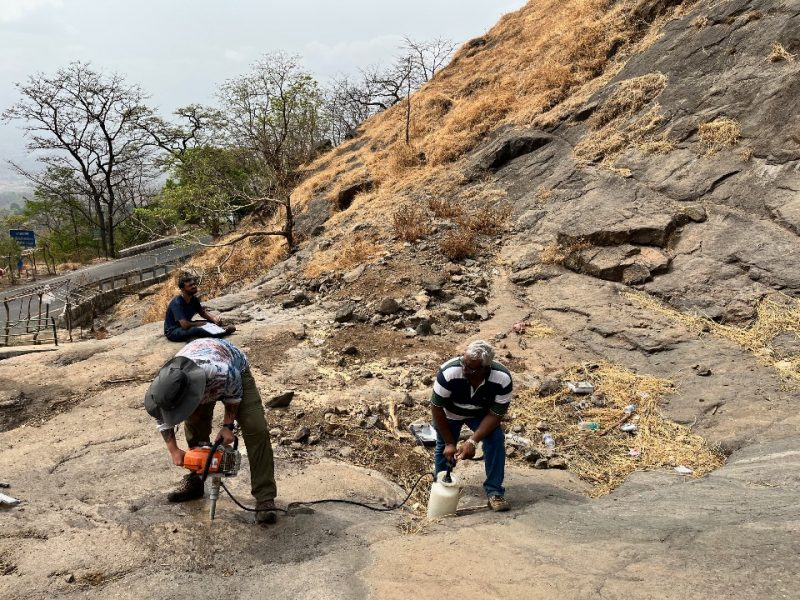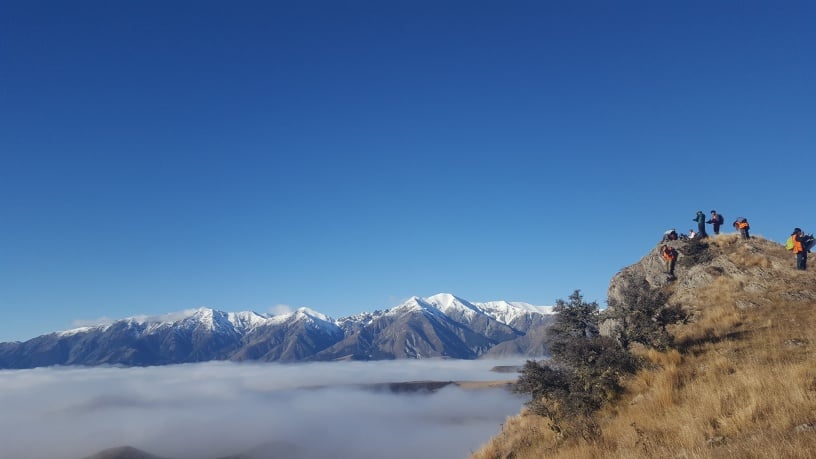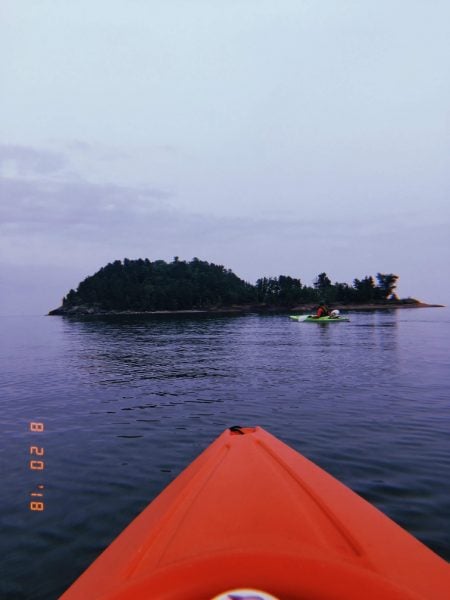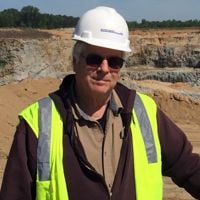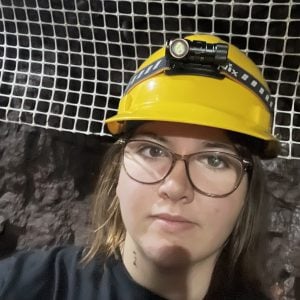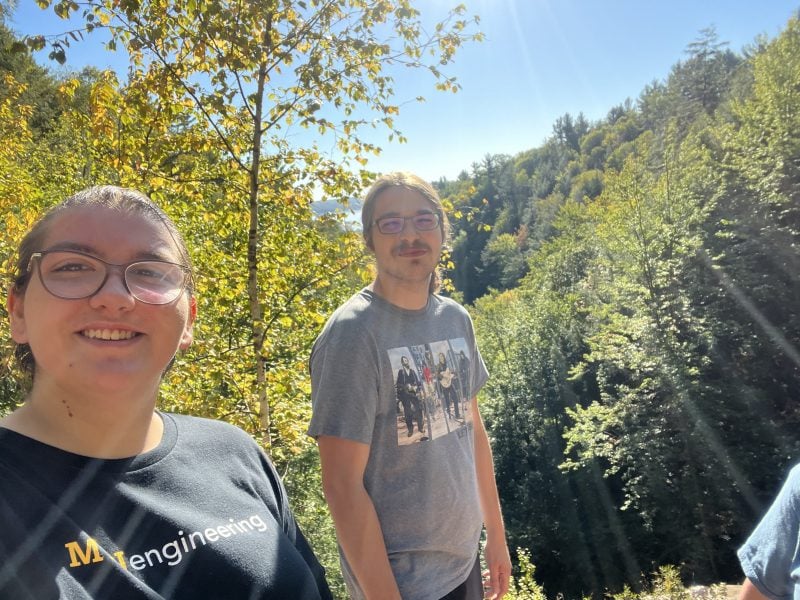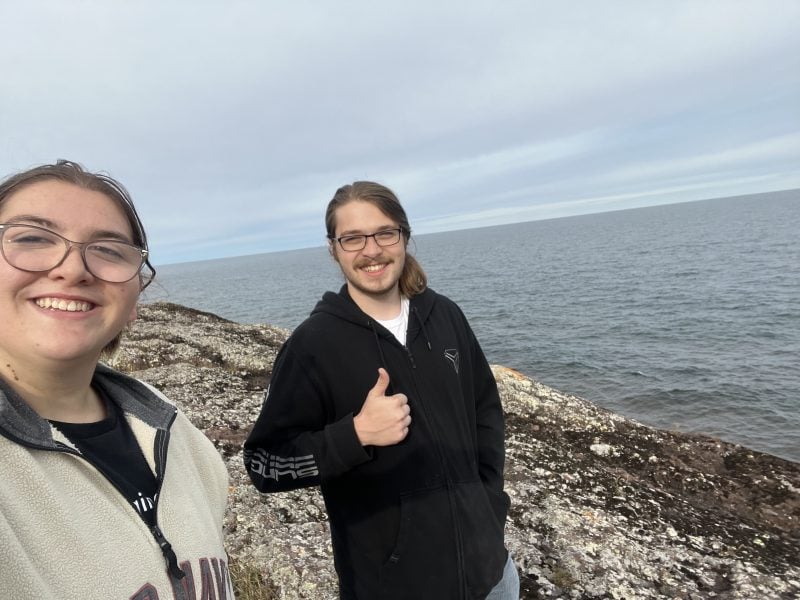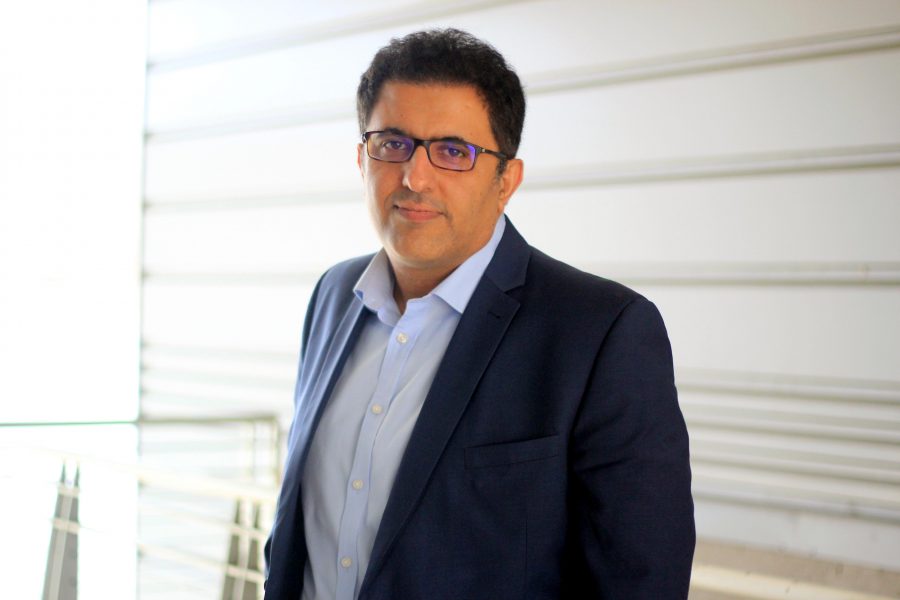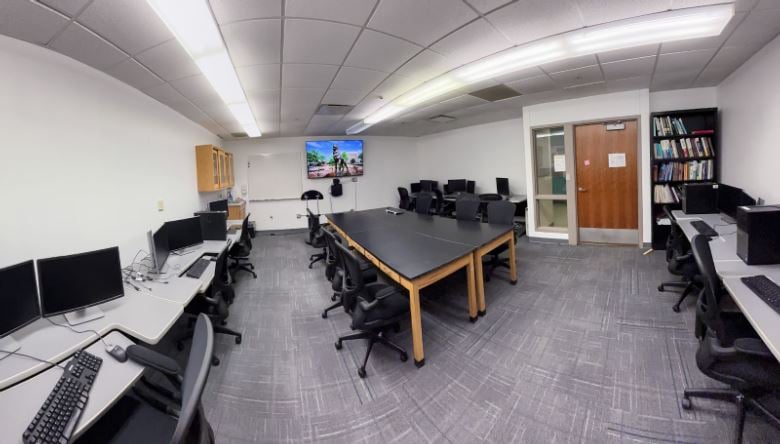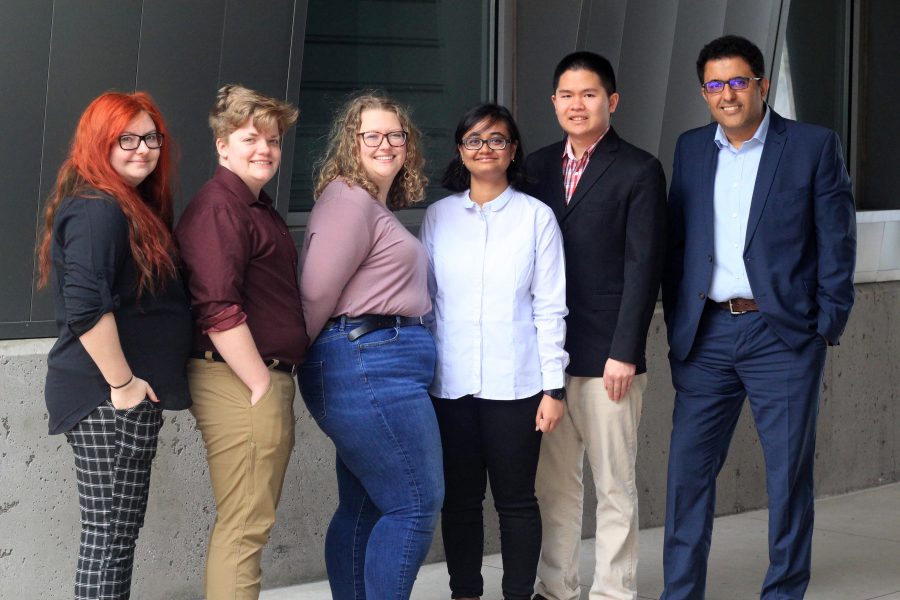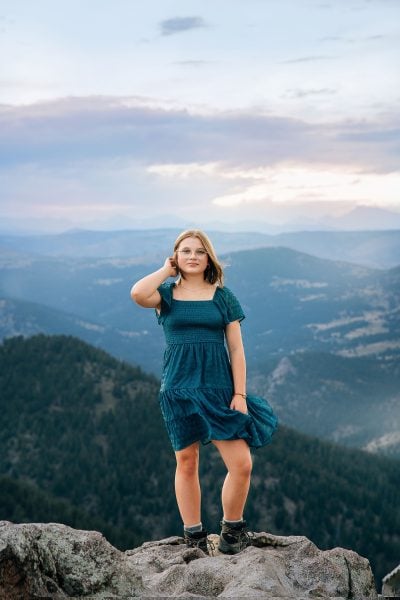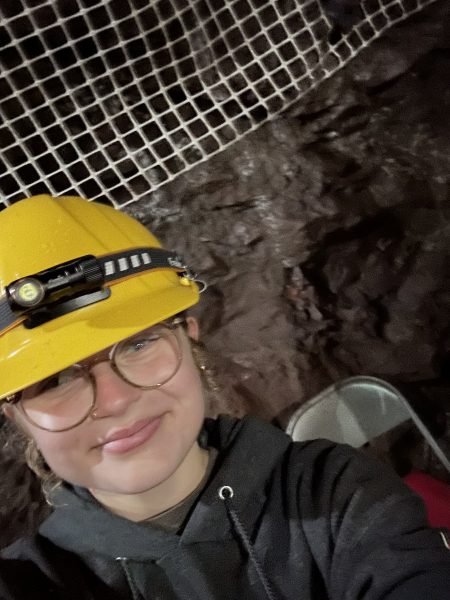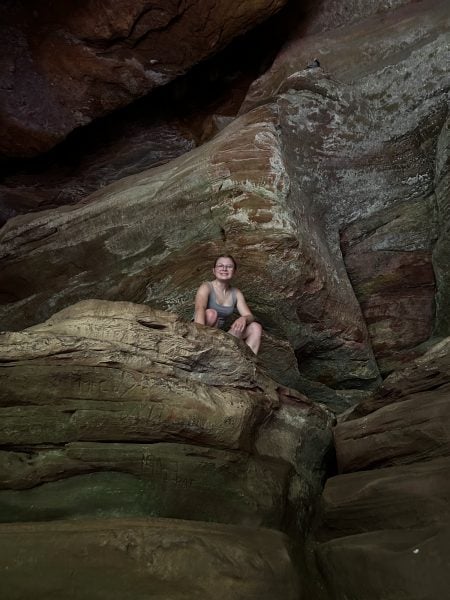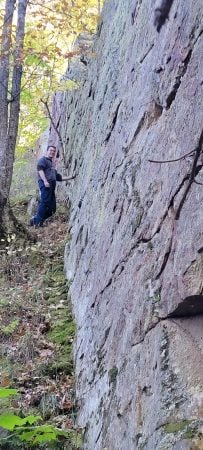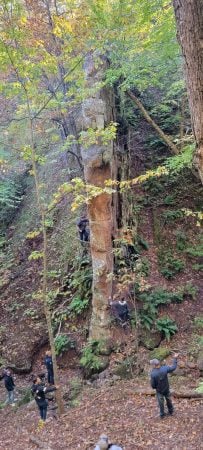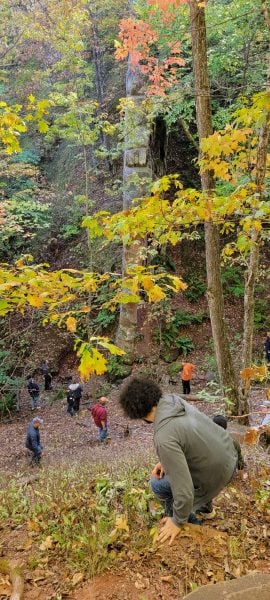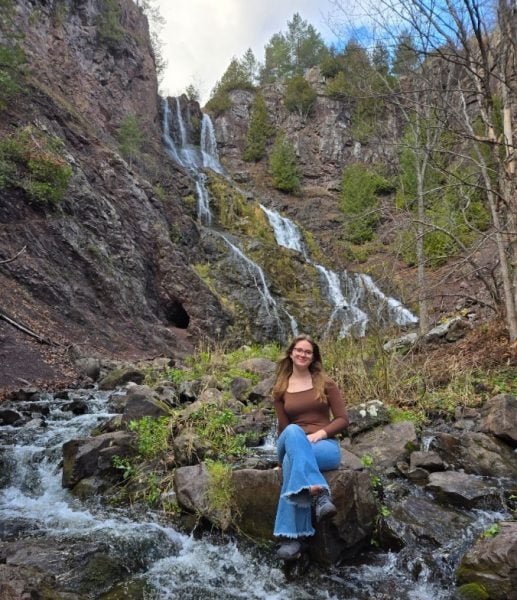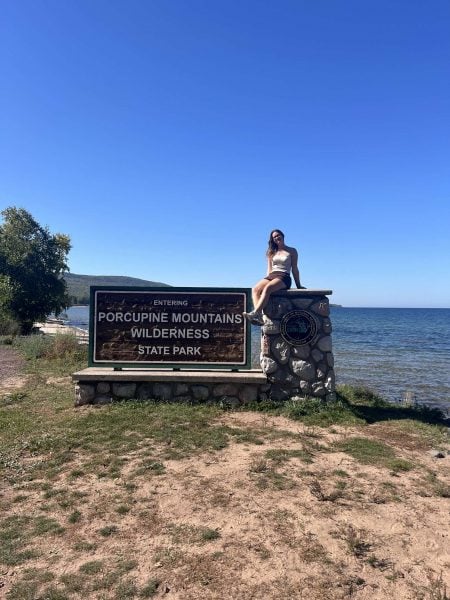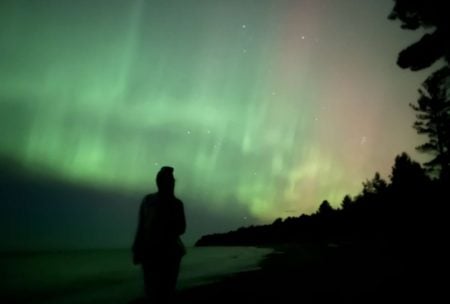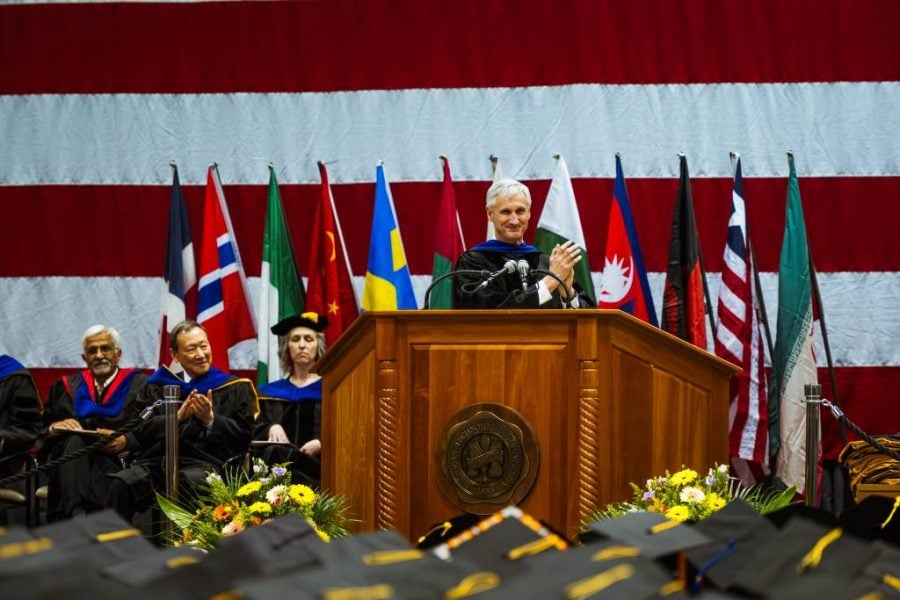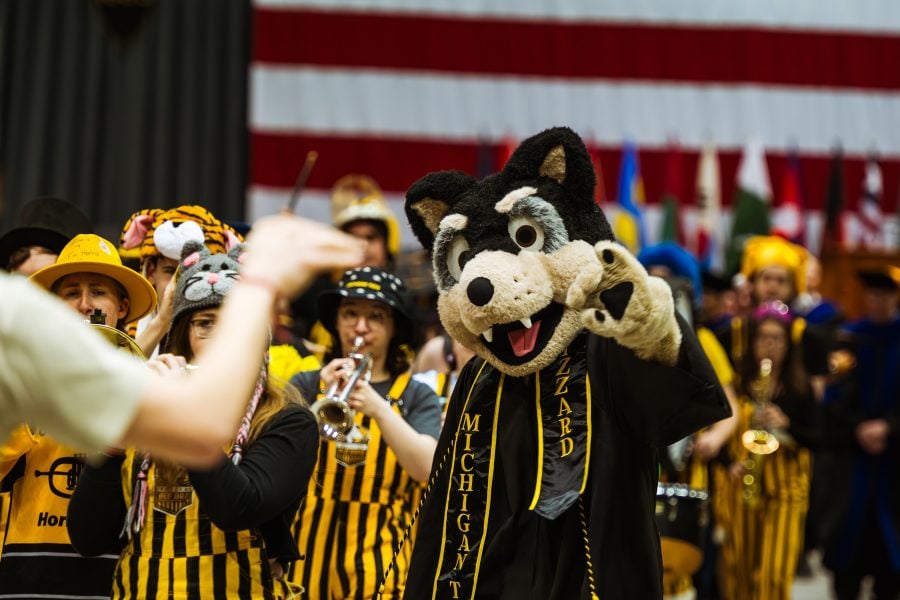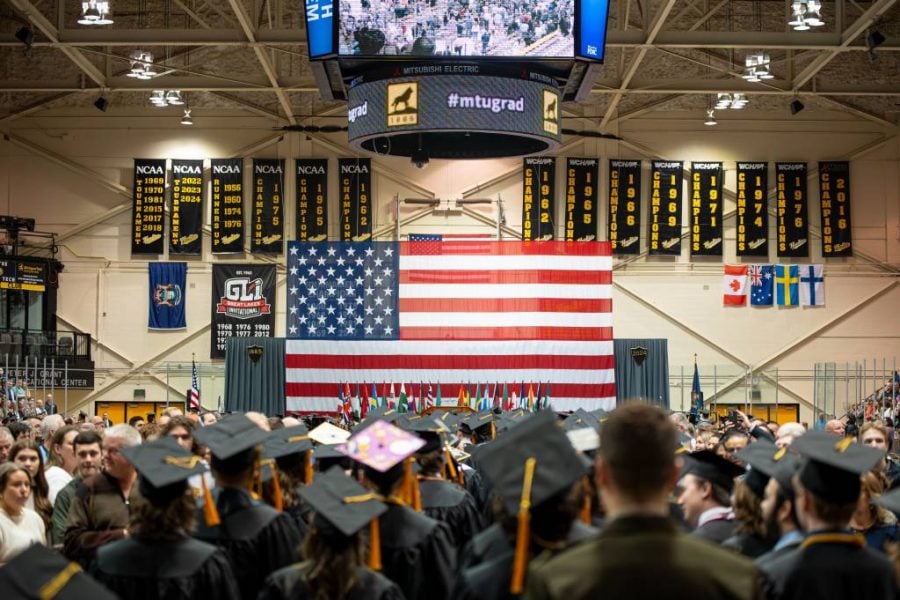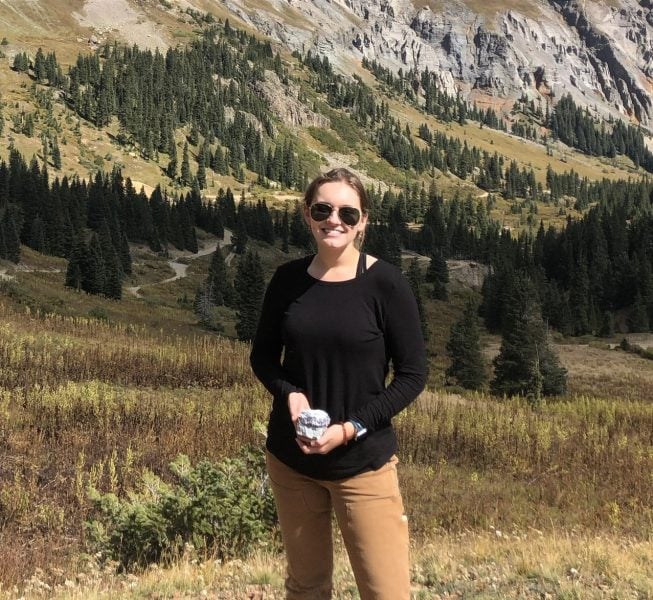
Em Voght, EIT
B.S. Mining Engineering, 2022
From MTU’s mining program to a career with Rio Tinto, this alum’s journey showcases passion, persistence, and seizing opportunities. With experience in project management, mine planning, and operations, they share insights on career growth, networking, and unexpected job skills. Keep reading for their advice to future Huskies!
Q: Why did you choose MTU?
A: I chose MTU because I knew I wanted to enter the mining industry; staying near family while getting an excellent education was the perfect opportunity.
Q: What has your career path been like since you graduated?
A: I attended a fall career fair that led me to accept a role with Rio Tinto. I thought my winter gradation would discount me from their Graduate Program recruitment process and was so happy that it didn’t! Throughout the last two years, I have worked in Salt Lake at Bingham Canyon/Kennecott and have rotated through three roles: Project Manager, Short Range Mine Planner, and Operations Supervisor. I’ve learned so much in these roles and am proud to say that I’ve just accepted a role as a Mine Operations Supervisor in the Roads & Dumps Department.
Q: How did your time at MTU prepare you for your industry/career?
A: My time at MTU prepared me for the industry by helping me become a persistent, thoughtful engineer. The coursework prepared me for internships in my sophomore and junior years, which provided me with exciting industry experience. Returning to school in the fall felt easier once I knew what my job would be like when I graduated!
Q: What advice would you give someone just starting at Tech as a Husky?
A: I attribute my success at Tech to how passionate I was (and am!) about the career path I chose. My advice to someone just starting at Tech would be to make sure you study something that excites you to attend every day. Trust your professors and ask for their help when needed; they want to see you succeed! When you are stuck on homework or dreading a class, remember why you’re there and how lucky you are to be.
Q: What networking opportunities did you take advantage of as a student?
A: I joined and later acted as President of the Society for Mining, Metallurgy & Exploration (SME) at Michigan Tech. The travel, events, networking, and general sense of community that this organization offered were huge in forming connections and keeping me motivated while in college. An excellent resume and cover letter can get your foot in the door, but being able to hold a genuine conversation and respond thoughtfully will keep you moving forward.
Q: What is your current position’s unexpected benefit/skill set? What did you not realize at first was a part of what you do?
A: Thinking quickly and sticking to your decisions when you have limited information are skills I didn’t know the importance of in college. You know those open-ended engineering questions we all hated? I was always one to ask one million follow-up questions, and it frustrated me when the strategy wasn’t set in stone. However, those problems are a trial run for how it can sometimes feel to make decisions at a job. You must be timely, creative, and ready to support your reasoning.
Q: Did you have on-campus employment while a student? If yes, what did you do?
A: I worked several jobs off campus throughout my time at Tech. Over the years, I worked as a bank teller, a bartender at a brewery downtown, and at the county marina across the canal from the university, pumping fuel and working as a general groundskeeper. However, my favorite job was working as a tour guide at Quincy Mine. It was so rewarding to blend the history of the Keweenaw copper mines with some facts about ways mining is different today. It can be challenging to look at mining ruins and imagine them present-day, but once you start noticing mines, you see them everywhere you go. I hope my tours helped open some travelers’ minds to the criticality of mining, both past and present.


